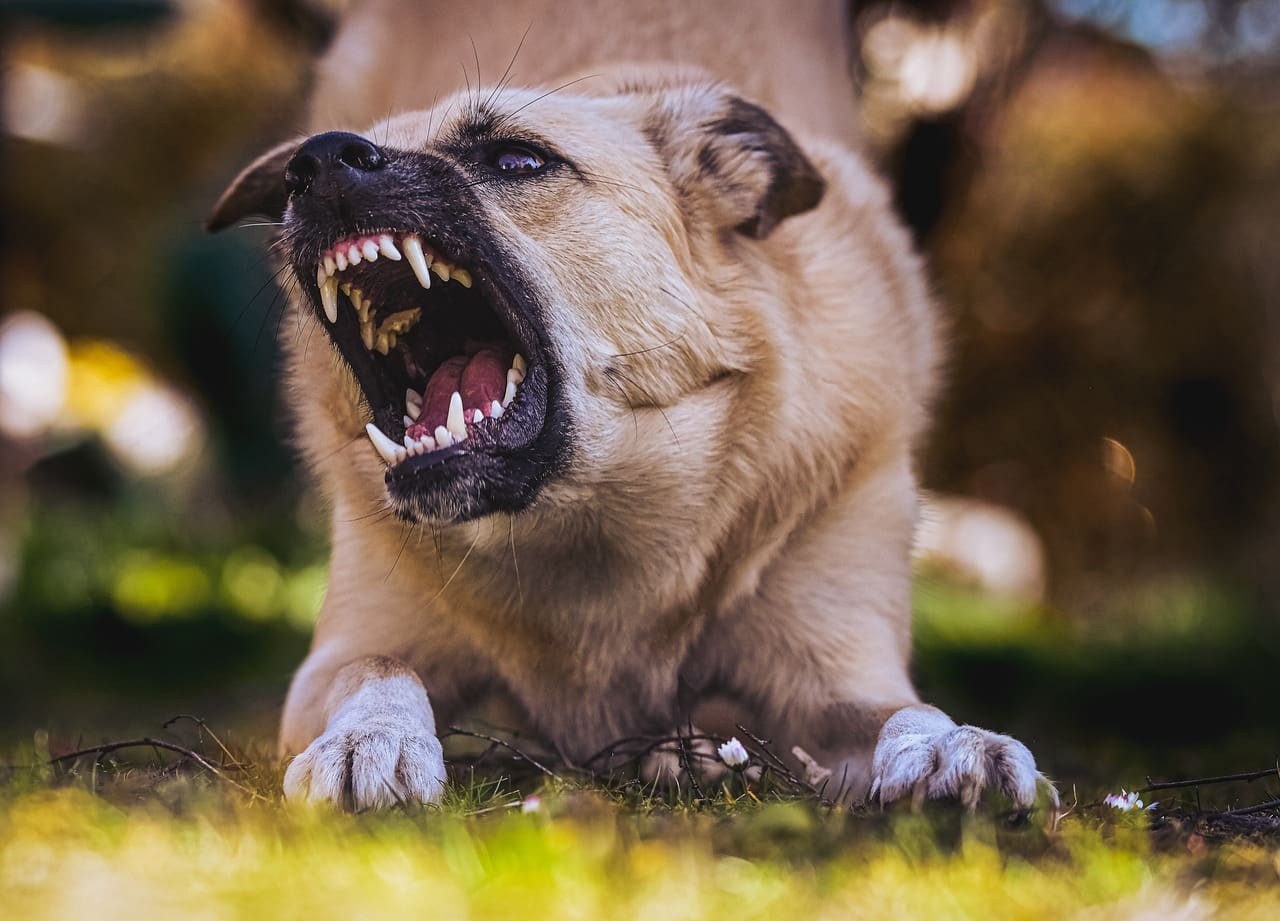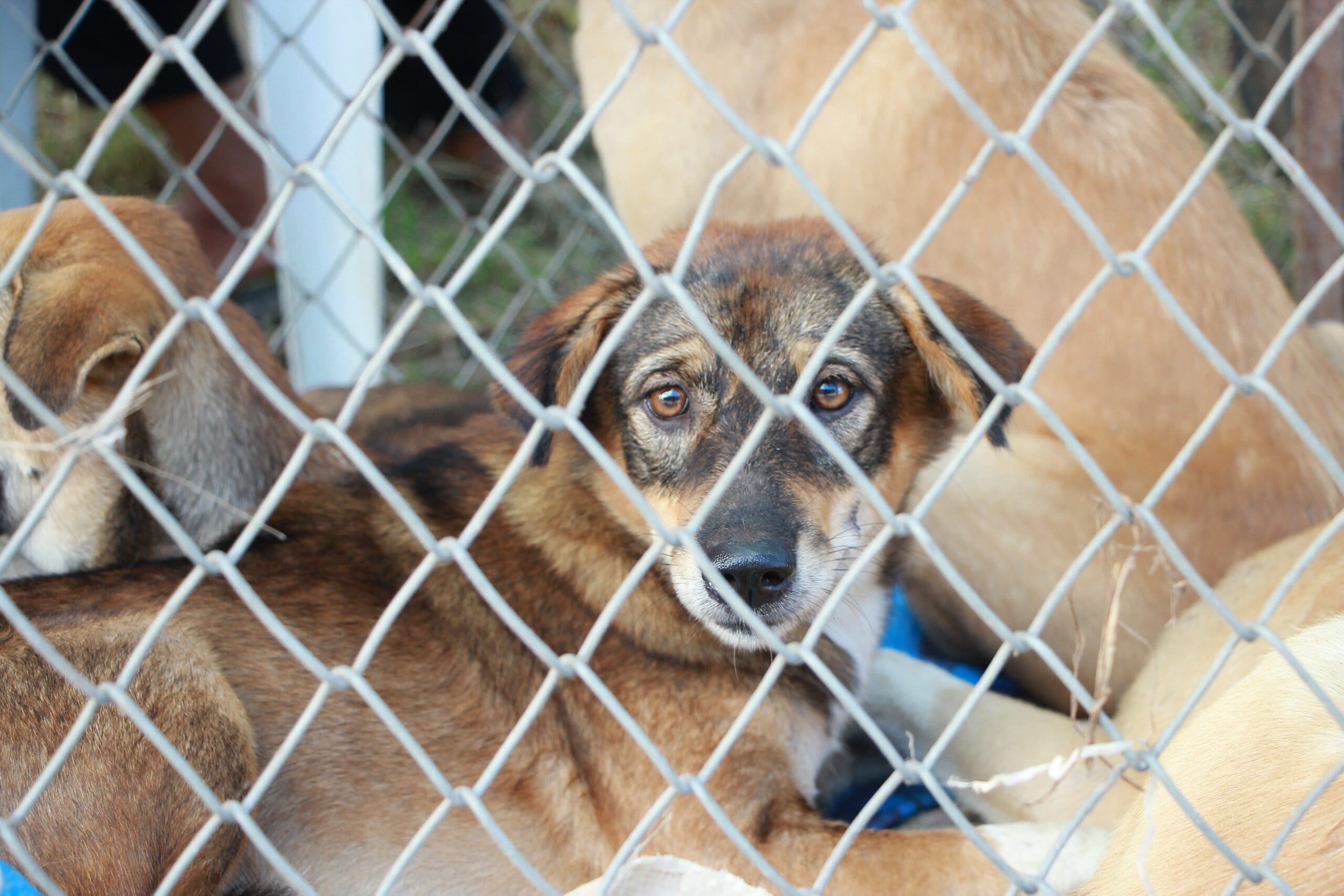Most people are aware that the Council have powers to seize a pet dog after certain incidents have occurred, but how far do these powers extend? When can a Council officer seize your dog, and when and how can you get them back?
For most dog owners, the thought of losing their beloved pet is unimaginable regardless of the circumstances, but it is no secret that when an incident occurs, for example where your dog has attacked somebody, that the Council may seize your dog.
The Domestic Animals Act 1994 (Vic) (“the Act”) is the relevant legislation covering the issue of responsible dog and cat ownership in Victoria which aims to promote animal welfare and responsible ownership of dogs and cats.
To avoid Council intervention, it is important to register your dog as per the requirements of the Act, prevent your dog from escaping your premises, prevent it from trespassing and becoming a nuisance and socialise your dog to limit the risk of your dog attacking.
Further, if your dog displays signs it may have aggressive or reactive tendencies, being proactive and organising training with a professional is a must along with muzzling your dog in public if necessary.

Dog attacks
Dogs are categorised in the Act as dangerous dogs, restricted breed, or dogs that are not considered to be dangerous, or restricted breeds.
A dangerous dog is one which has been declared dangerous by the Council or by virtue if it is kept for the purpose of guarding non-residential premises or if at any time the dog has been trained to attack or bite a person or anything worn or attached to a person.
Restricted dog breeds on the other hand, include the following:
- Japanese Tosa;
- Filla Brasileiro;
- Dogo Argentino;
- Perro de Presa Canario; and
- American Pitbull Terrier.
Additionally, a dog may also be declared a menacing dog by the Council if the dog has rushed at or chased a person, caused an injury that is not serious in nature, or if the dog was declared a menacing dog in another state or territory as per section 41A of the Act.
Injuries caused by dog attacks are defined in the Act as either being serious in nature or non-serious.
Serious injuries are defined as an injury requiring medical or veterinary attention and involves a broken bone, a laceration, a partial or total loss of sensation or function in the body or an injury which requires cosmetic surgery.
Section 29 of the Act lists offences related to dog attacks.
- Section 29(1) stipulates that if a dangerous dog, that is not a guard dog, or a restricted breed dog attacks or bites any person or animal, the person in control of the dog, regardless of whether they are the owner of the dog may be guilty of an offence and liable to serve a term of imprisonment or be fined.
- An owner of a dog may still be liable to the same consequences even if they were not in control of the dog at the time of the attack under section 29(2) of the Act.
- If a dog that is not a dangerous dog or restricted breed dog, attacks or bites a person or animal and causes death or serious injury, a person in control of the dog and the owner of the dog may be guilty of an offence and liable to a penalty not exceeding 40 penalty units under sections 29(3) and (4).
- If the injuries caused are not serious then the person in control of the dog, and the owner, may be found guilty of an offence but liable to a penalty not exceeding 10 units as per section 29(5) and (6).
It is important to note that any of the following may apply as a defence to offences under section 29(3) to (6):
- The dog was being teased abused, or assaulted;
- The person attacked was trespassing on the premises where the dog was kept;
- The other animal attacked was trespassing where the dog was kept; or
- A person known to the dog was being attacked in front of it.
Seizure Laws
 Seizure of cats and dogs is regulated in division 2 of the Act.
Seizure of cats and dogs is regulated in division 2 of the Act.
Section 78(1) allows for the Council to seize a dangerous dog if the Council had made the decision to refuse to register or renew the registration of the dog or under subsection (2) if the owner has committed an offence listed in part 3, division 3 of the Act.
Under section 79, a Council may do the same for restricted dog breeds.
Additionally, the Council may seize a dog if they reasonably believe a dog is a restricted dog breed under section 80 of the Act.
According to section 81, the Council may seize a dog if they were urged to attack, trained to attack, or have just simply attacked a person or animal.
If any offence under section 29 (mentioned above) has occurred or is reasonably suspected by a Council officer to have occurred, then the council may seize the dog.
After a dog has been seized, according to sections 84H and 84I, the owners must be served with a notice of seizure stating that the dog has been seized, a description of the dog, the contact details of the owner, the date the animal was seized and the period within which the animal can be collected (if the animal is not to be retained or destroyed in accordance with the Act).
It must also state that if the animal is not recovered in a certain timeframe that it will be sold or destroyed and whether the Council intends to retain the dog or dispose of it.
Return or Disposal of a Dog
If a dog has been seized under section 80 due to being a restricted breed, the owner of the dog may be able to have the dog returned within 7 days after adhering to requirements as in section 84N of the Act.
The Council however may still retain custody of the dog if they are awaiting the outcome of any prosecution in relation to any offences under the Act.
The Magistrates’ Court can order the return of a dog to their owner, or they can order for the dog to be put down.
The Council also has the power to destroy dogs in many circumstances listed in division 6.
If the Council has seized your dog because it attacked a person or animal, they must retain the dog until a decision has been made by the Magistrate.

Where to go from here
If your dog has been seized because of an attack, there are very limited avenues to have your dog returned. It is important to seek legal advice if your dog has attacked or bitten a person or animal as you may be charged with an offence which could have serious consequences such as incurring a criminal record.
Contact us today for expert legal advice and support or call +61 3 8692 2517.
—
Kate Scolyer – Solicitor– Matthies Lawyers
Disclaimer: This article contains general information only and is not intended to be a substitute for obtaining legal advice.
